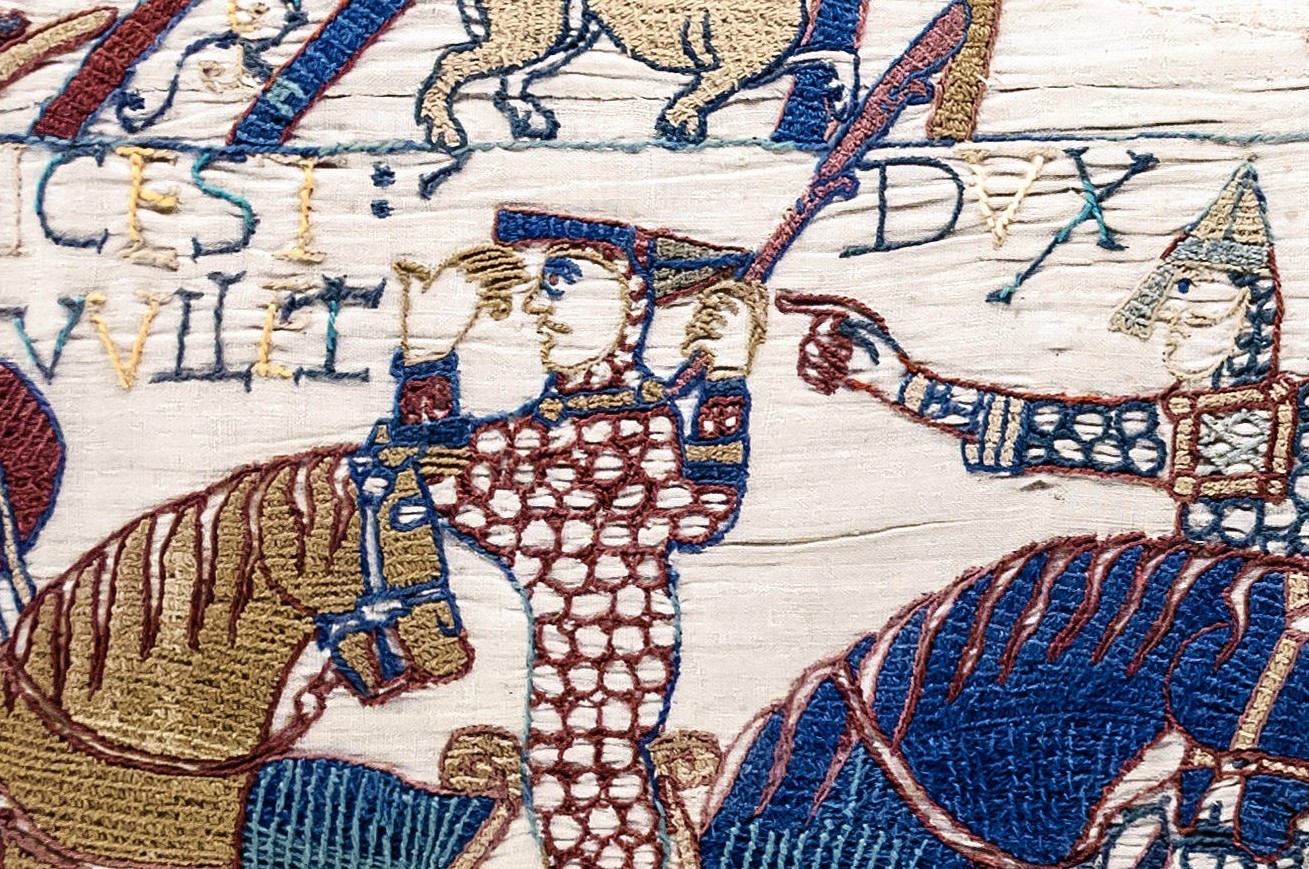TO a lot of people the Channel Islands are a bit of a mystery: they are British islands but not part of Great Britain, they were never colonies yet they are not part of the United Kingdom and, today, English speaking but not part of England.
In order to understand why Jersey is associated with England instead of our near neighbour, France, which is, after all, only 14 miles off our east coast, it is necessary to look back at events that happened almost 1,000 years ago. At that time the Channel Islands were part of the old Duchy of Normandy and when ‘our’ Duke defeated King Harold Godwinsson at the Battle of Hastings in 1066 the islands relationship with England began in the form of a shared leadership.
Exploiting loyalties
In the 150 years that followed not all Dukes of Normandy became Kings of England and neither were all Kings of England Dukes of Normandy, although they usually were. Following the death of King/Duke Henry I in 1135 a civil war broke out between his nephew, Stephen, and his daughter, Matilda. It was during this
time that the Channel Islands began to exploit their position to gain some of
the privileges enjoyed today.
Matilda’s husband, Geoffrey of Anjou, confiscated land from those people who were loyal to Stephen and gave it to people who supported them and in order to ensure islanders stayed loyal. Geoffrey also guaranteed them certain privileges and freedoms under local law – this was the beginning of trials in island courts. At the same time they were excused from military service outside the Channel Islands unless they were needed to go with the Duke to recover his English possessions – this exemption remained in place until 1916.
In 1150 Matilda’s son, Henry, became Duke of Normandy and four years later he was crowned King Henry II of England and the relationship between the kingdoms of England and France became decidedly frosty. This was because 19-year-old Henry had married 30-year-old Eleanor of Aquitaine, one of the most powerful women in Europe. Her land holdings in the southern half of France were actually larger than those of her former husband, King Louis VII, king of France. Under various titles Henry owned or controlled land from the Cheviot Hills on the Scottish Borders in the north down to the Pyrenees and Spain in the south and these were inherited by his son Richard ‘the Lionheart’.
It was Richard who created his youngest brother, John, Count of Mortain and Lord of the Isles, which meant that John was responsible for the government and the defence of the islands and he received the revenues that would normally have gone to the Duke. For the first time, the Channel Islands became a distinct administrative district within Normandy.
Testing loyalties
When King Richard died he had no children to succeed him and so his younger brother John made a power grab and by outmanoeuvring his nephew Arthur of Brittany became the new King/Duke.
This rift in the family gave the French king, Philip Augustus, the opportunity to interfere and within five years he had managed to capture Normandy. John’s man in the Channel Islands, Pierre de Preaux, surrendered them to the French king.
By the summer of 1204 Normandy was lost and it seemed that the Channel Islands had been taken over by the pro-French faction. However, the following spring John sent an expeditionary force of 30 ships to retake the islands and he reinforced this in 1206 with a further 275 soldiers and five more ships. With his authority once more re-established in the islands, John appointed Hasculf de Suligny to govern in Jersey and Geoffrey de Lucy to govern Guernsey.
Unsure of the loyalty of the islanders, John took a number of hostages from the families of the leading landowners – he would end up keeping them prisoner in England for ten years.
Frontier post on the edge of a war zone
Because of their geographical position there had been no need to build defences in the Channel Islands but all this changed in the first decade of the 1200s. The islands were now on the very edge of a war zone and so castles were built in St Peter Port, Guernsey, to protect the anchorage and in Gorey on the east coast of Jersey to dominate the best landing beach on the Island.
Once the initial uncertainty surrounding the fate of the islands was settled, John was faced with a choice – he could absorb the islands into England or he could treat them as a separate and distinct unit. He decided on this second option as he still thought he could recapture Normandy and so he continued to treat the islands as if they were still part of the Duchy.
This practice continued even after Henry III gave up the title of Duke of Normandy in 1259. In 1856, C T Le Quesne in his Constitutional History of Jersey wrote: ‘They [the islands] belonged to the Crown, they formed no part of the realm.’ In other words they were a possession of the King of England (as successor to the Dukes of Normandy) but were not part of his kingdom. As this meant the links with England were through the person of the king an alternative administrative and legal framework had to be set up to govern the islands.
Towards a new Jersey
Finally separated from the rest of Normandy a new form of island government gradually developed, a system in which John and his successors were represented in the islands by lieutenants who, if they were appointed for life, were referred to as Lords of the Isles but if they were appointed for a set term were called Wardens.
As the king’s representatives these Lords/Wardens were responsible for exercising the king’s authority at a military, a judicial and an administrative level. They had to collect royal taxes and revenues, and to look after the castles and the defences of the islands. They were never islanders and really only had to be in the islands to preside over the assizes, which according to the old Norman custom were held every three years.
It was during the 13th century, essentially during the reign of John’s son, Henry III, that the foundations of modern Jersey were laid down.






